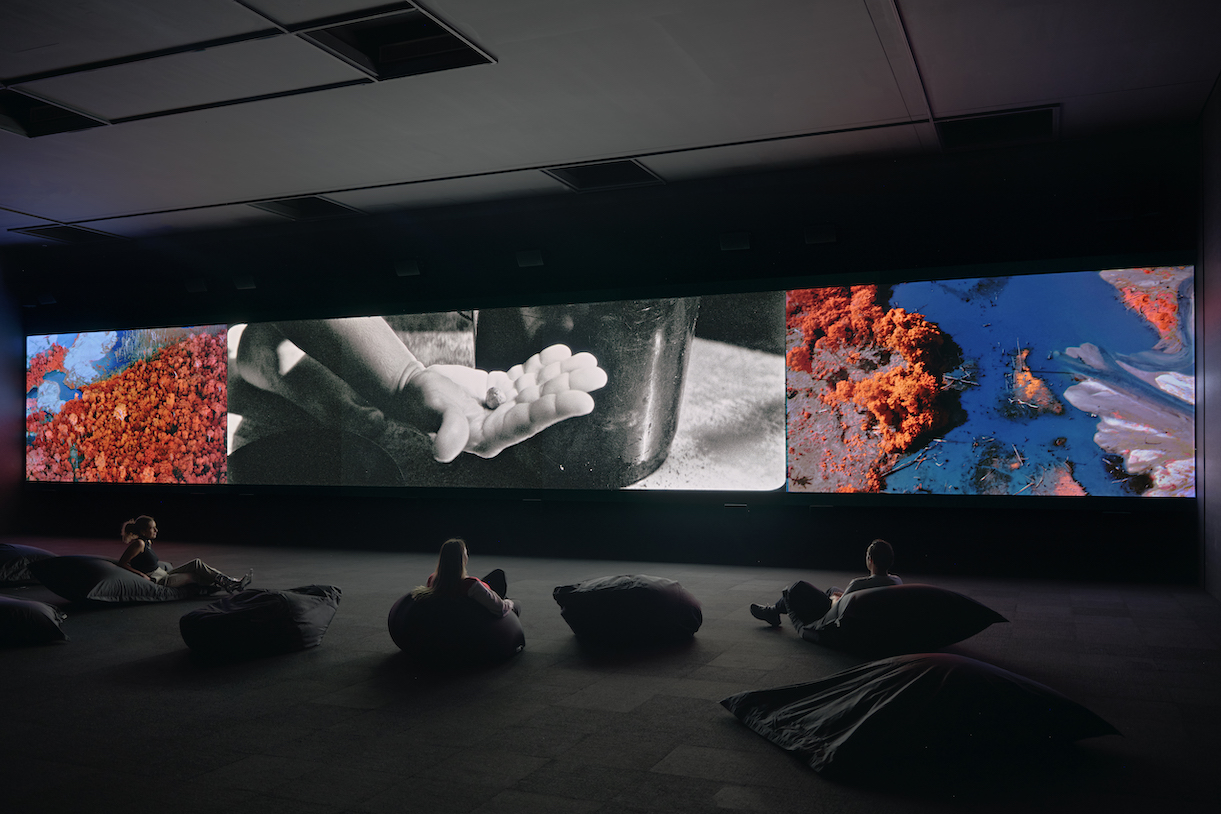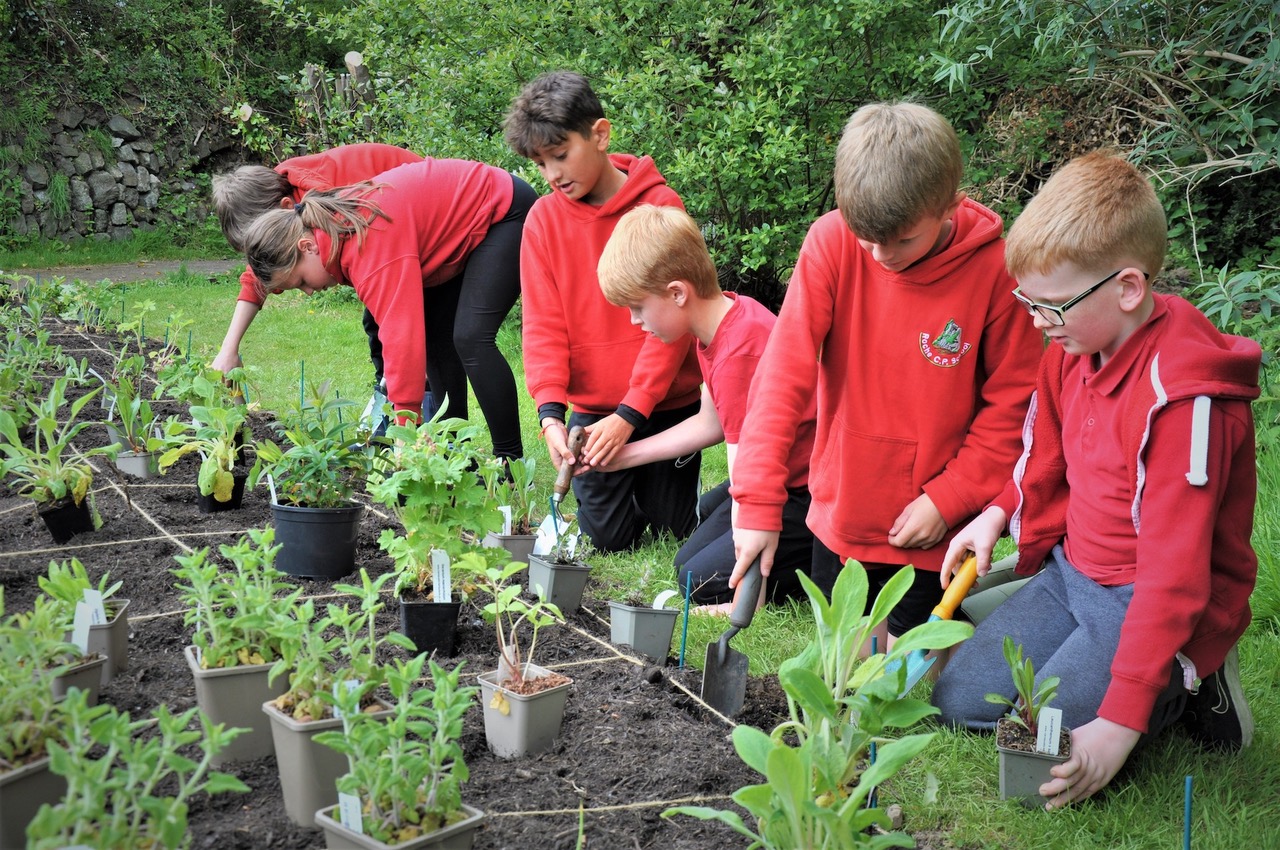The European Commission’s prestigious prize awarded €20,000 each to a British artist for a project on pollinators and to an Irish artist for a project in the Amazon
Alexandra Daisy Ginsber (UK) and Richard Mosse (Ireland) are the winners of the 2023 edition S+T+ARTS Prizethe European Commission prize for technological, industrial and social innovation in art.
To alexandra daisy Ginsberg received the Grand Prize – Artistic Exploration for his work on pollinators in 2021 pollinator trailblazerWhile Richard Is moving won the Grand Prize – Innovative Collaboration for its 2022 project dedicated to the Amazon. Broken Spook. Their works were selected from 1637 submissions from 78 countries by a jury of experts – consisting of Mónica Bello, Francesca Bria, Bernd Fesel, Jun Inada and Meinhard Lukas – who responded to the open call for the eighth edition of the prize, which started last January. As always, each of the two prizes comes with a recognition of 20,000 euros.

WHAT IS THE S+T+ARTS AWARD?
The S+T+ARTS Prize – which stands for science, technology and art – is an initiative funded by the Commission European born in 2016, which focuses on the most pressing social and economic issues of the continent’s present and near future. The creation of the prize – of which partners are BOZAR, Waag Futurelab, INOVA+, T6 Ecosystems, La French Tech Grande Provence and the Frankfurt Book Fair – is based on the belief that science and technology can offer new research results thanks to an artistic perspective and innovative business perspectives with a humanistic approach. There are two prizes: the Grand Prize – Artistic Exploration, intended for artistic research and work that has the potential to influence the use of technology and its perception, and the Grand Prize – Innovative Collaboration, designed for projects which combine industry and technology with the aim of opening up new avenues for innovation. In addition to the winners, 10 projects received an “Honorary Mention” and 18 a “Nomination”. The prize, which led to the funding of 151 artistic residencies with 4.5 million euros from 2016 to 2022 and the mentioning of 208 projects out of over 14,000, is coordinated by ass electronicsat the September Festival the winning projects will be presented.
The content will follow

THE WINNING PROJECTS OF THE EIGHTH S+T+ARTS AWARD
Awarded by the jury as “a revolutionary blend of art, technology and science”, Pollinator Pathmaker is “a work of art for pollinators, planted and cared for by man”: Ginsberg’s goal is to use this project to create a unique experiment in interspecies design that is “the greatest work of positive art for the world climate”. During the development, the artist worked together with gardeners, pollinator experts and a computer scientist an algorithmic tool that plans to sow flowers according to the “taste” of pollinatorsand not people. The algorithm created (and available online for everyone) follows a set of rules and uses inputs from pollinator species and the plants they feed on to calculate the seeding project. He then selects the plants and arranges them in a “protected area” that meets the new criteria. The result is a growing body of algorithmically generated living artworksEngineered to maximize sensitivity to pollinating insects and create truly balanced garden systems. To mark the occasion, two gardens of the “Pollinator Pathmaker Edition” were opened in 2022; A permanent 55 meter installation has been created at the Eden Project, Cornwall. and eleven beds over 250m in Kensington Gardens, London, were built on behalf of the Serpentine. The next garden will be planted this summer with Light Art Space, Berlin.
Broken Ghost Instead, it is an immersive video art work with dreamlike features that is a comprehensive documentation of it Deforestation and industrialized ecocide in the Amazon, revealed by advanced remote sensing technologies. Through abrupt leaps in scale and between boundaries, the film uncovers unsustainable processes of resource extraction: illegal logging, mass burning, gold mining, theft of indigenous lands, species extinction, flooding, and encroachment by monoculture plantations and factory farming. To tell these stories, Mosse chose to use integrated scientific media and systems (often used for extraction and exploitation), creating for the jury: “a model that shows the social potential of an unprecedented collaboration between art and science“. What comes out is a haunting western-style portraitwhich depicts the invasion of a natural paradise and the colonization of indigenous peoples using the iconographic tools of the genre.
Julia Giaume